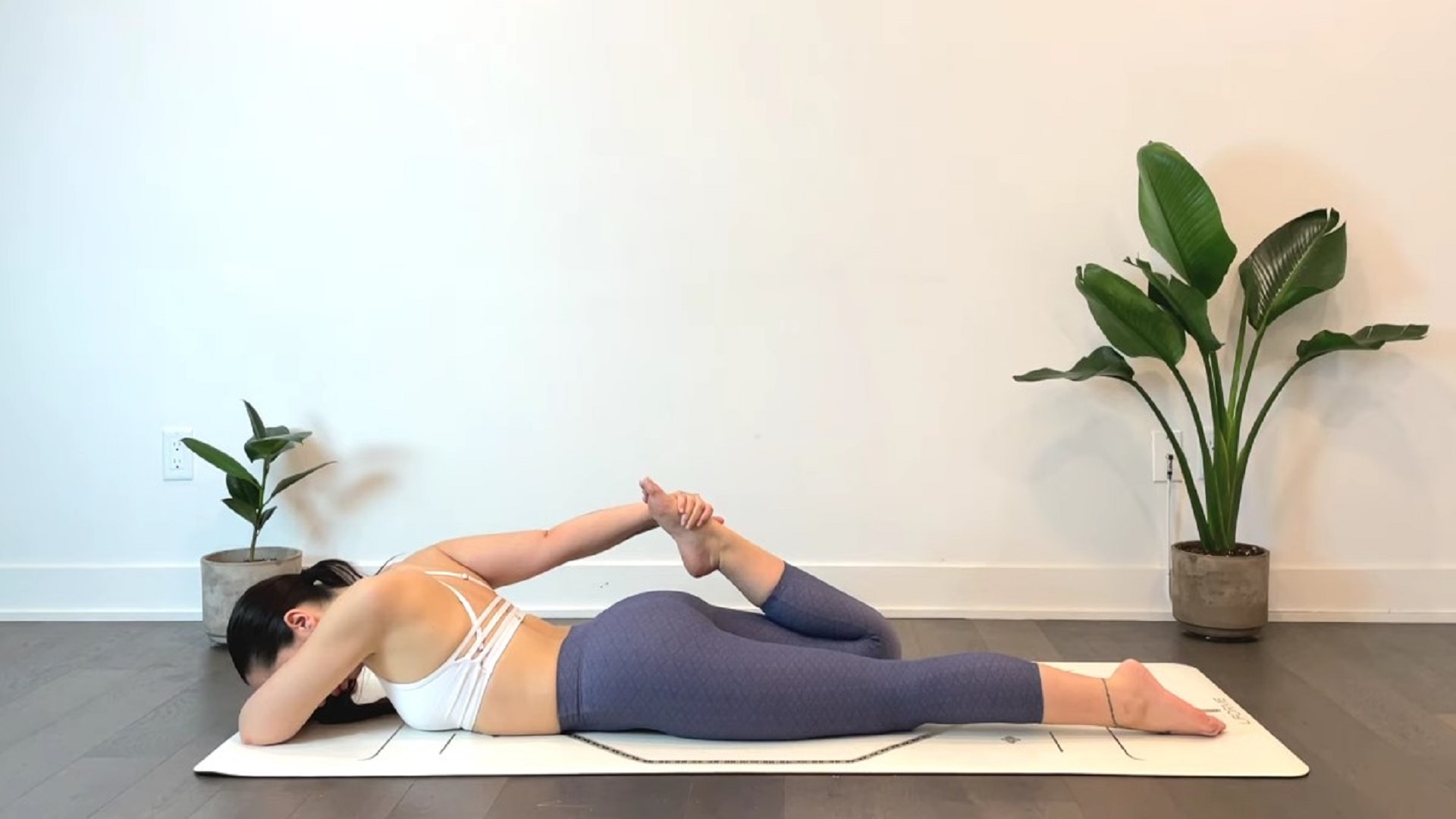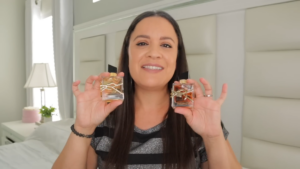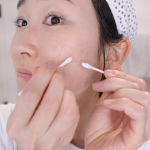Menstrual pain, commonly known as dysmenorrhea, affects many women, disrupting daily activities and diminishing quality of life. Finding effective relief is essential for managing these monthly discomforts. This guide explores a variety of natural and medical approaches to alleviate menstrual pain, from lifestyle changes and dietary adjustments to over-the-counter medications and prescribed treatments. Understanding and implementing these strategies can help reduce the intensity of menstrual cramps and improve overall well-being. By combining natural remedies with medical solutions, you can find a balanced approach to managing menstrual pain, ensuring a smoother and more comfortable experience each month.
Understanding Menstrual Pain: Causes and Symptoms
Menstrual pain, or dysmenorrhea, is a common condition experienced by many women during their menstrual cycle. It is caused by the contraction of the uterus as it sheds its lining, often leading to cramping in the lower abdomen. Symptoms can range from mild discomfort to severe pain that interferes with daily activities. Other associated symptoms may include nausea, fatigue, headaches, and lower back pain. Understanding the causes and symptoms of menstrual pain is essential for identifying the most effective relief methods and managing the condition more comfortably and effectively.
Lifestyle Changes: Daily Habits to Reduce Cramps
Incorporating specific lifestyle changes can significantly reduce menstrual cramps. Regular physical activity, such as walking or yoga, helps improve blood flow and reduce pain. Stress management techniques like meditation and deep breathing exercises can also alleviate discomfort. Ensuring adequate sleep and maintaining a consistent sleep schedule supports overall well-being and pain management. Avoiding tobacco and limiting alcohol intake can further help reduce cramps. By integrating these healthy habits into your daily routine, you can lessen the severity of menstrual pain and improve your quality of life during your menstrual cycle.
Diet and Nutrition: Foods that Help Alleviate Menstrual Pain
A balanced diet rich in certain nutrients can help alleviate menstrual pain. Incorporating foods high in omega-3 fatty acids, like salmon and walnuts, can reduce inflammation and cramps. Leafy greens, nuts, and seeds provide magnesium, which helps relax muscles and ease pain. Foods rich in vitamin B6, such as bananas and potatoes, can also help manage symptoms. Avoiding processed foods, caffeine, and excessive salt intake can prevent bloating and discomfort. By focusing on a nutrient-dense diet, you can naturally reduce the severity of menstrual pain and promote overall health.
Hydration and Herbal Teas: Natural Remedies for Relief
Staying hydrated is crucial for reducing menstrual pain, as dehydration can worsen cramping. Drinking plenty of water throughout the day helps maintain optimal bodily functions and ease discomfort. Herbal teas, such as chamomile, ginger, and peppermint, offer natural relief through their anti-inflammatory and muscle-relaxing properties. Chamomile tea can soothe nerves and reduce stress, while ginger tea helps alleviate nausea and cramps. Peppermint tea relaxes muscles and improves digestion. By incorporating these hydrating and soothing beverages into your daily routine, you can effectively manage menstrual pain and enhance your overall well-being.
Exercise and Physical Activity: Easing Cramps through Movement
Exercise and physical activity can significantly ease menstrual cramps by improving blood circulation and releasing endorphins, the body’s natural painkillers. Activities such as walking, swimming, and yoga are particularly effective in reducing pain and discomfort. Gentle stretching and low-impact exercises help relax the muscles and decrease the intensity of cramps. Regular exercise also promotes overall physical and mental well-being, helping to manage stress, which can exacerbate menstrual pain. By incorporating consistent physical activity into your routine, you can experience relief from menstrual cramps and enjoy better overall health.
Heat Therapy: Benefits of Warm Compresses and Baths
Heat therapy is a simple yet effective way to relieve menstrual cramps. Applying a warm compress or heating pad to the lower abdomen helps relax the uterine muscles and alleviate pain. Warm baths can also provide relief by promoting relaxation and increasing blood flow to the pelvic area. The soothing warmth helps to reduce the severity of cramps and provides a comforting, calming effect. Using heat therapy regularly during menstruation can help manage pain naturally, making it a beneficial addition to your self-care routine.
Over-the-Counter Medications: Effective Pain Relievers
Over-the-counter (OTC) medications are a common and effective solution for managing menstrual pain. Nonsteroidal anti-inflammatory drugs (NSAIDs) like ibuprofen and naproxen reduce inflammation and alleviate cramps. Acetaminophen can also help relieve pain, though it doesn’t address inflammation. These medications work best when taken at the first sign of discomfort, allowing them to manage pain before it becomes severe. Always follow the dosage instructions on the package and consult a healthcare professional if you have any concerns. Using OTC medications can provide quick and reliable relief, helping you maintain your daily activities during your menstrual cycle.
Prescription Treatments: When to Consult a Doctor
For severe menstrual pain that doesn’t respond to over-the-counter medications or lifestyle changes, consulting a doctor for prescription treatments is advisable. Prescription options may include stronger NSAIDs, hormonal contraceptives, or other medications specifically designed to manage menstrual pain. Hormonal treatments can regulate or even eliminate menstrual cycles, reducing or preventing cramps. A healthcare professional can diagnose any underlying conditions, such as endometriosis or fibroids, that might be contributing to severe pain and recommend appropriate treatments. Seeking medical advice ensures you receive the most effective and personalized care for managing menstrual pain.
Alternative Therapies: Acupuncture, Yoga, and More
Alternative therapies like acupuncture and yoga offer effective relief for menstrual pain. Acupuncture, an ancient Chinese practice, involves inserting thin needles into specific body points to balance energy flow and alleviate pain. Studies have shown that it can reduce the severity of menstrual cramps by improving blood circulation and promoting relaxation. Yoga, with its combination of physical postures, breathing exercises, and meditation, helps ease cramps by stretching and strengthening the muscles, reducing stress, and enhancing overall well-being. Other alternative therapies, such as aromatherapy and massage, also provide natural pain relief and promote relaxation, making them valuable additions to a holistic approach to managing menstrual discomfort.
Mental and Emotional Health: Managing Stress and Pain Perception
Mental and emotional health plays a crucial role in managing menstrual pain and overall well-being. Stress can exacerbate the perception of pain, making menstrual cramps feel more intense. Techniques such as mindfulness, meditation, and deep breathing exercises help reduce stress and promote relaxation. Maintaining a positive mindset and engaging in activities that bring joy can also improve pain tolerance. Emotional support from friends, family, or support groups provides comfort and understanding, which can ease the emotional burden of menstrual pain. By focusing on mental and emotional health, you can better manage stress and reduce the perceived intensity of menstrual discomfort.








